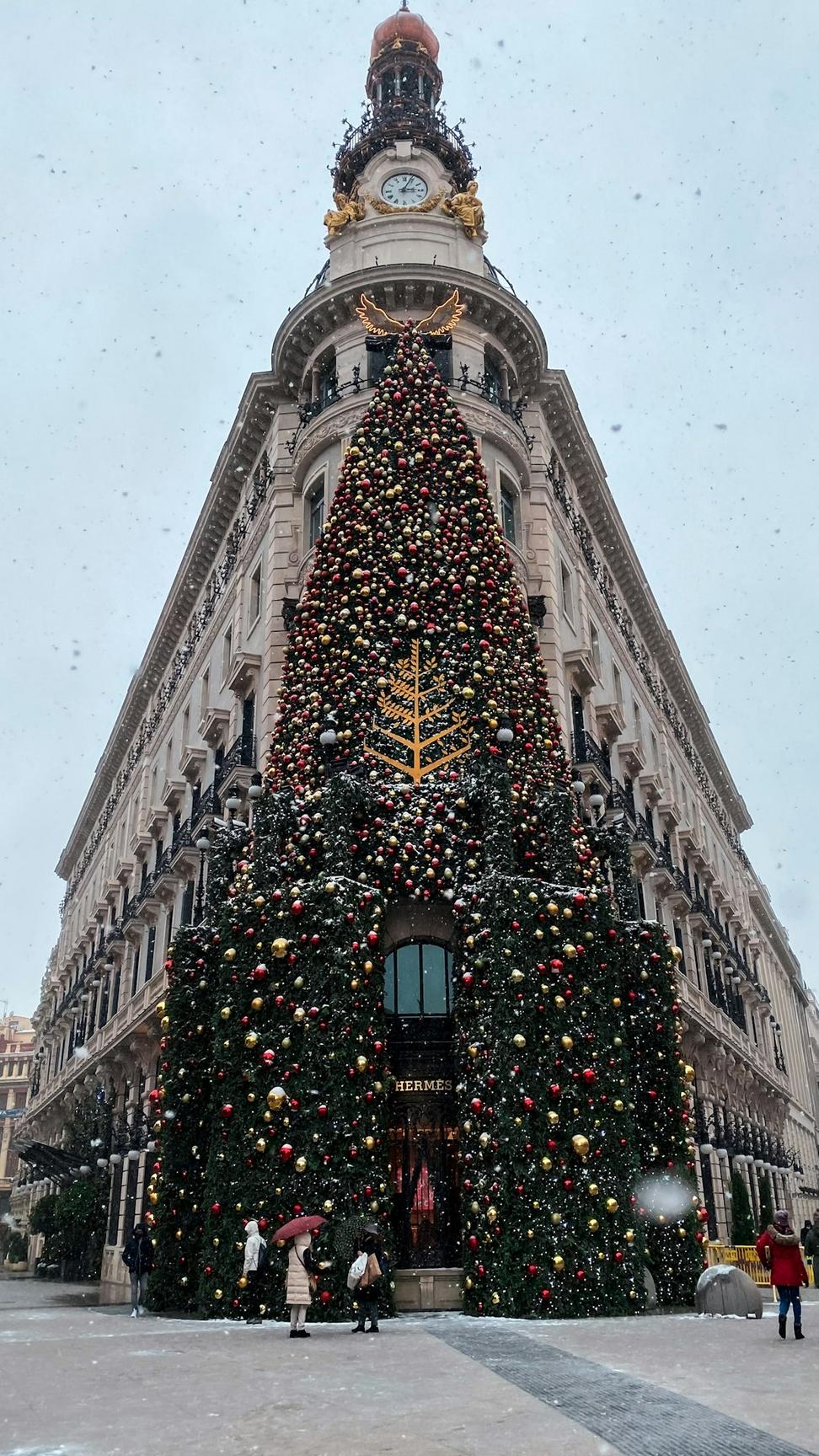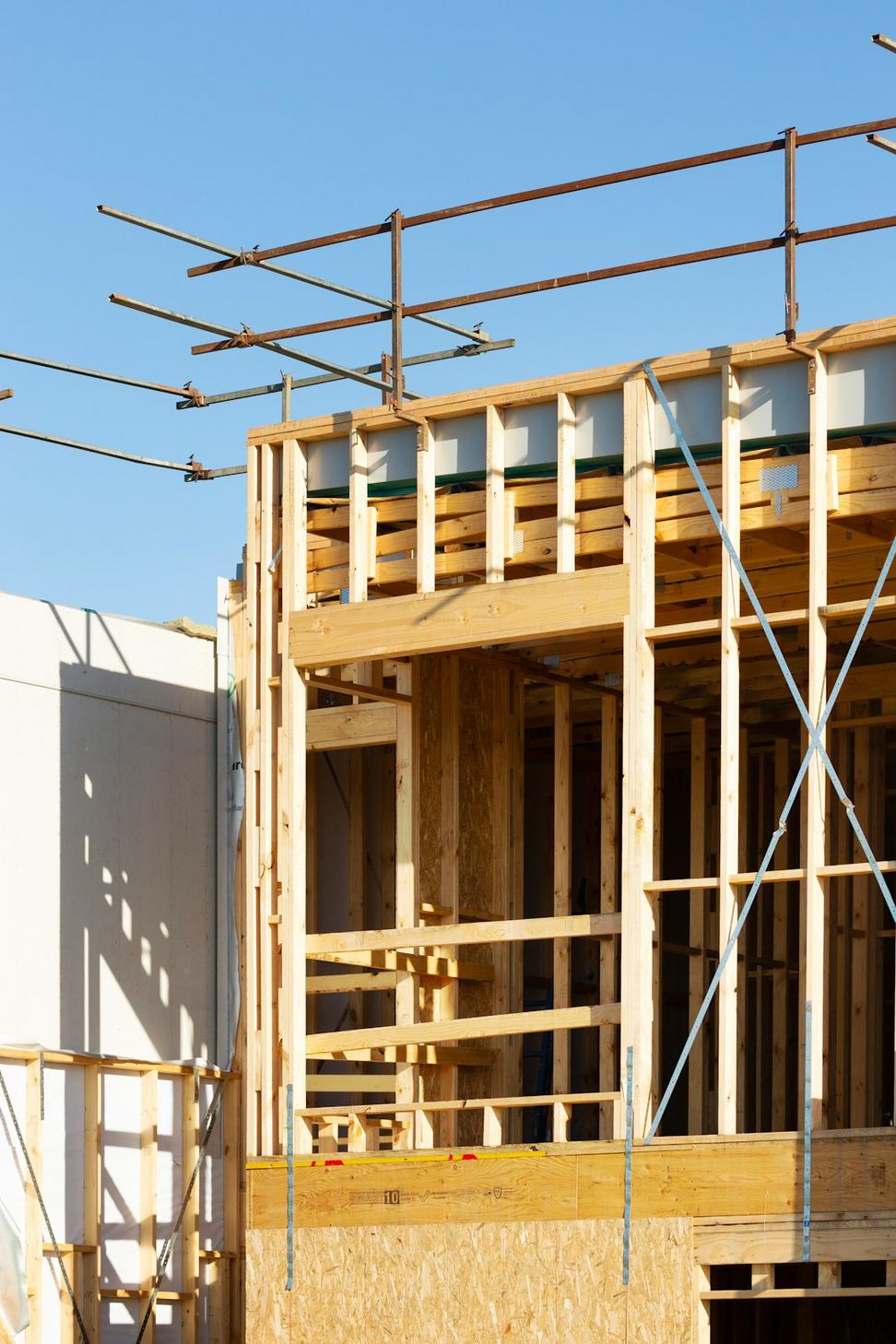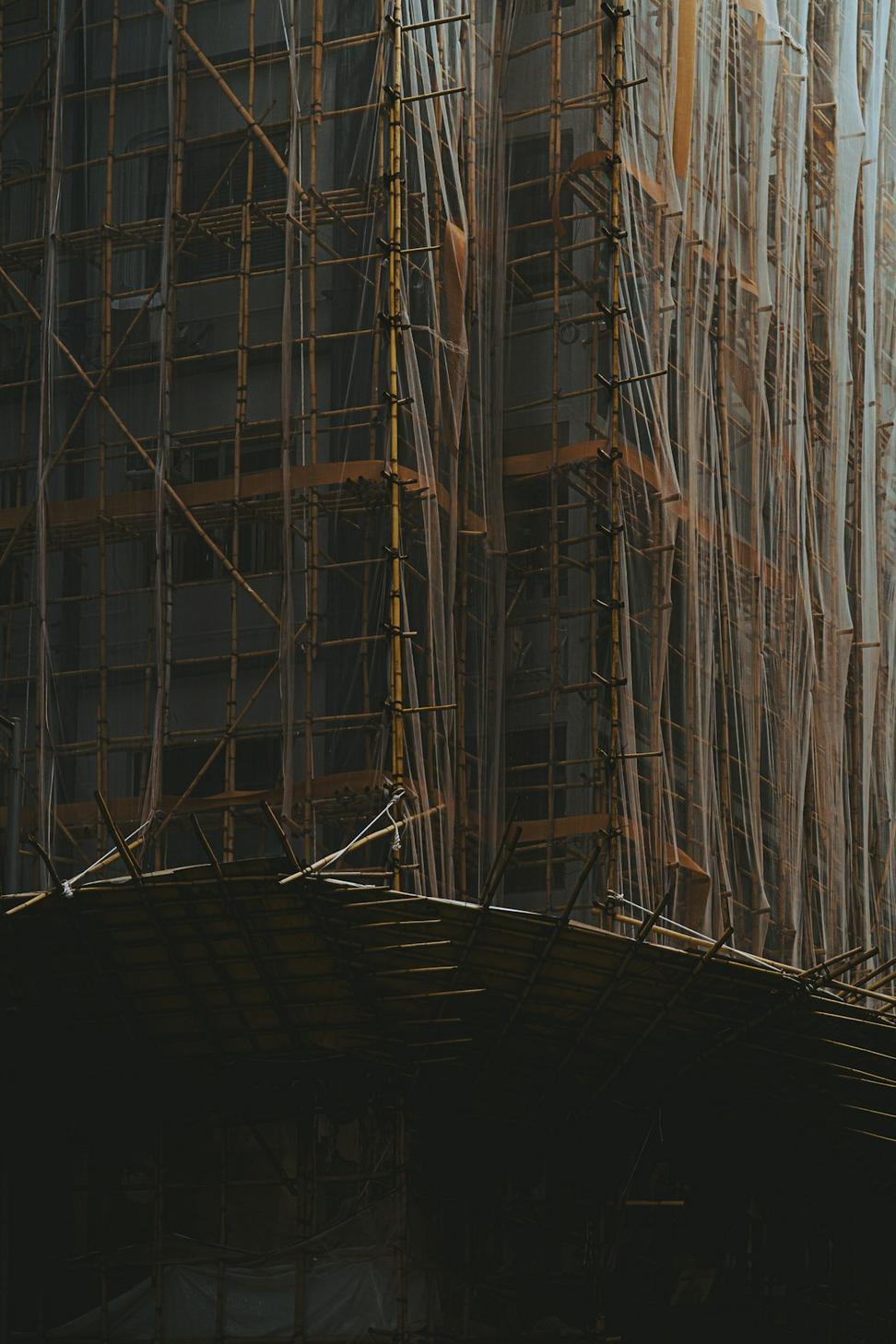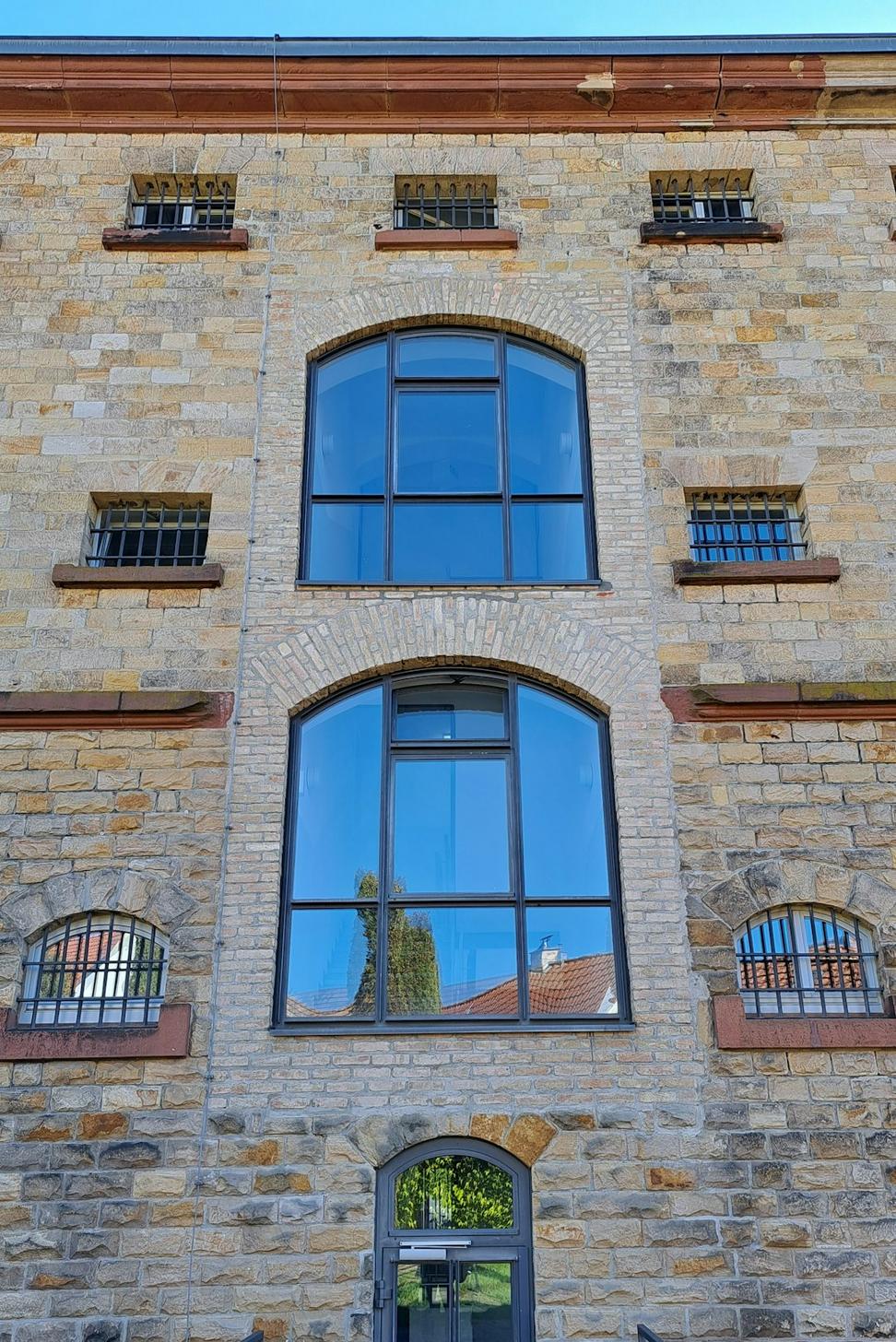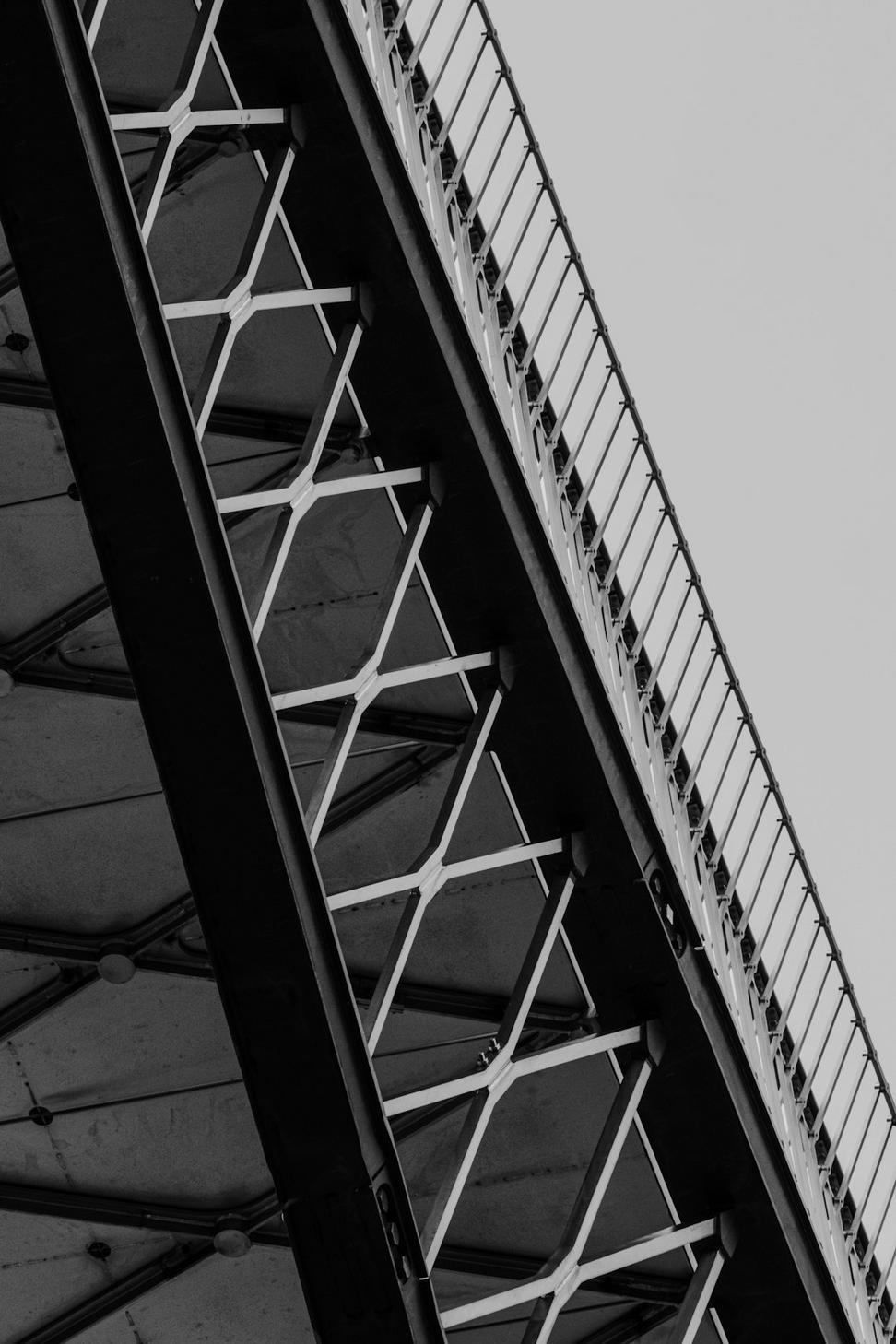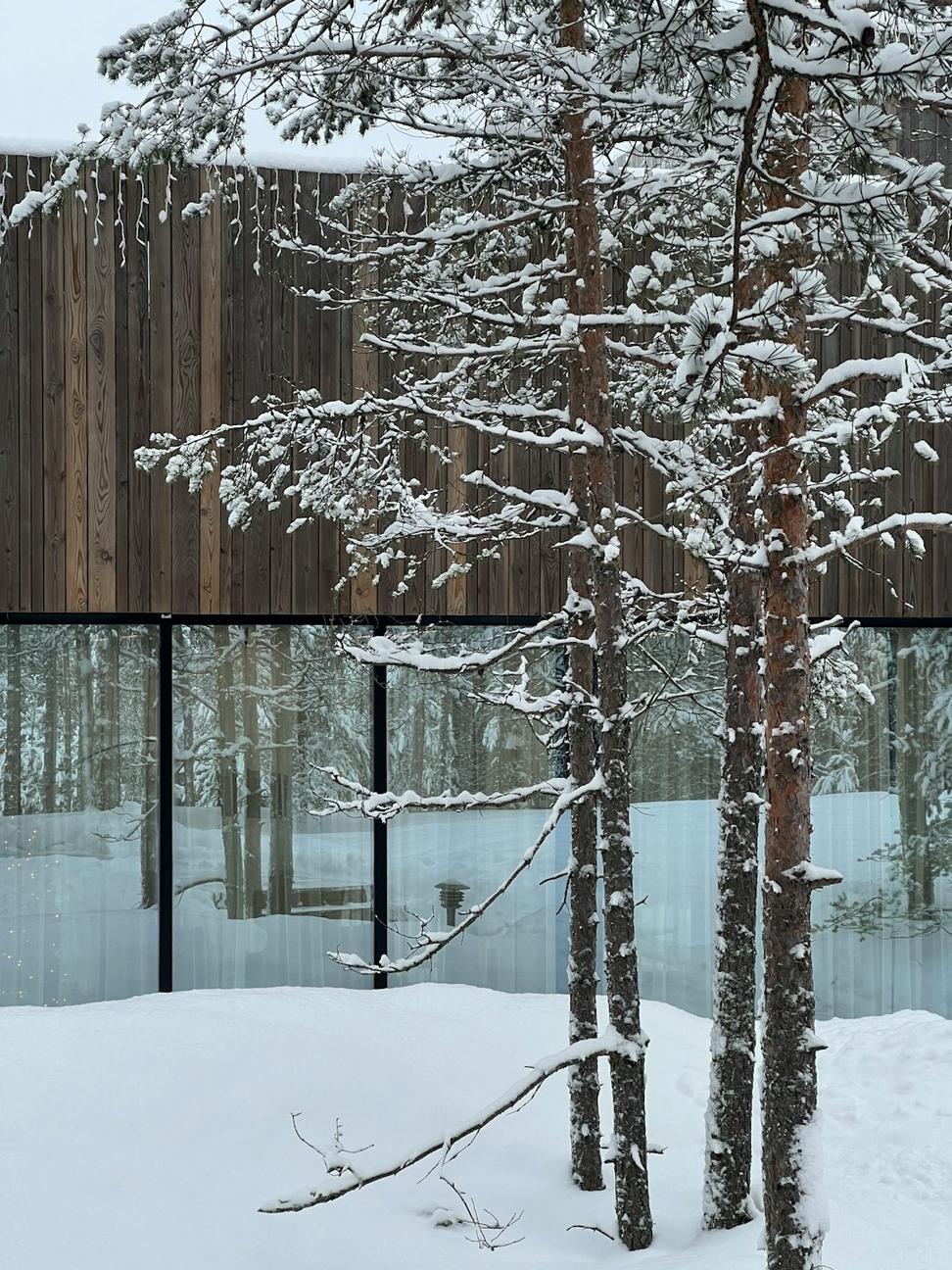
Our Environmental Commitments
We're not perfect, but we're trying our best to push the envelope on what's possible in northern design. Every project is a chance to do better than the last one.
- → Net-zero energy targets for all new builds by 2027
- → Locally-sourced materials wherever feasible
- → Passive heating strategies that actually work in real conditions
- → Life-cycle assessments for every major project
- → Waste reduction protocols on construction sites
